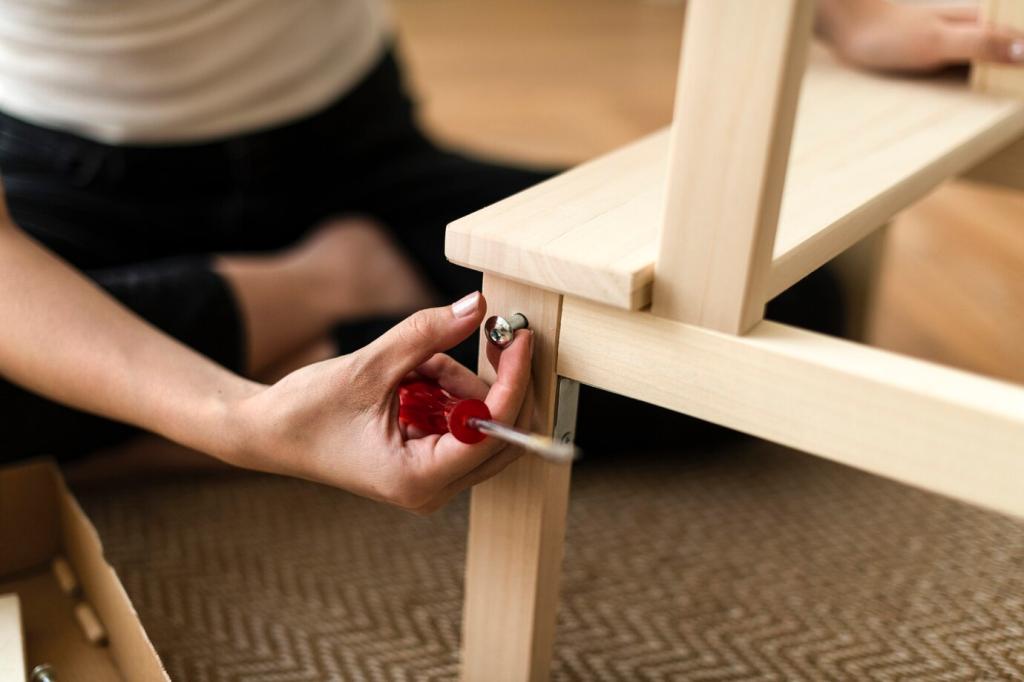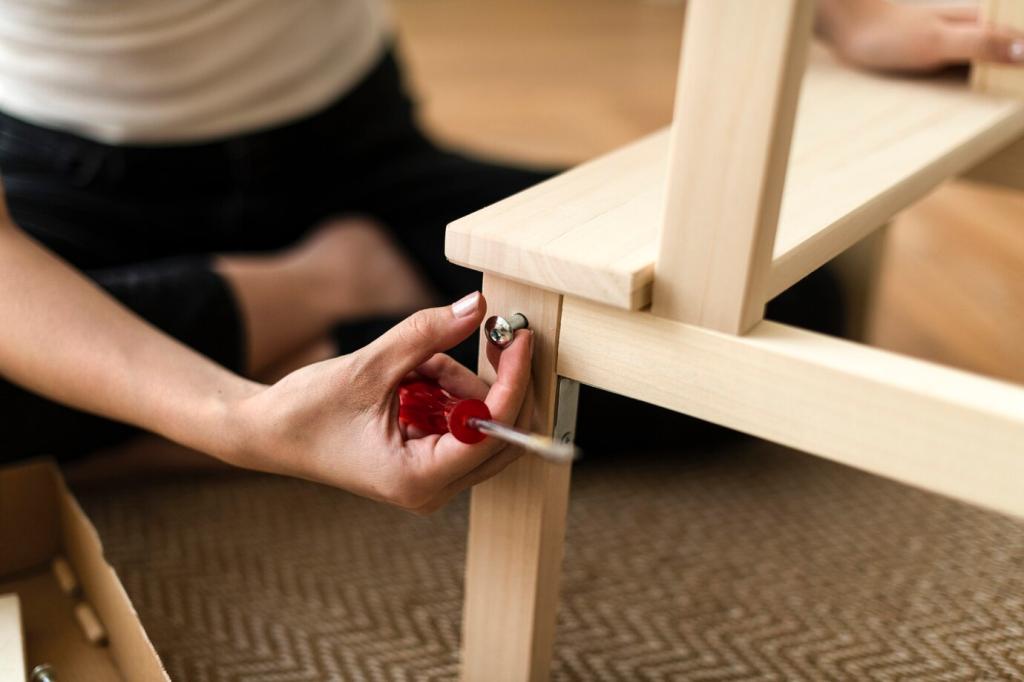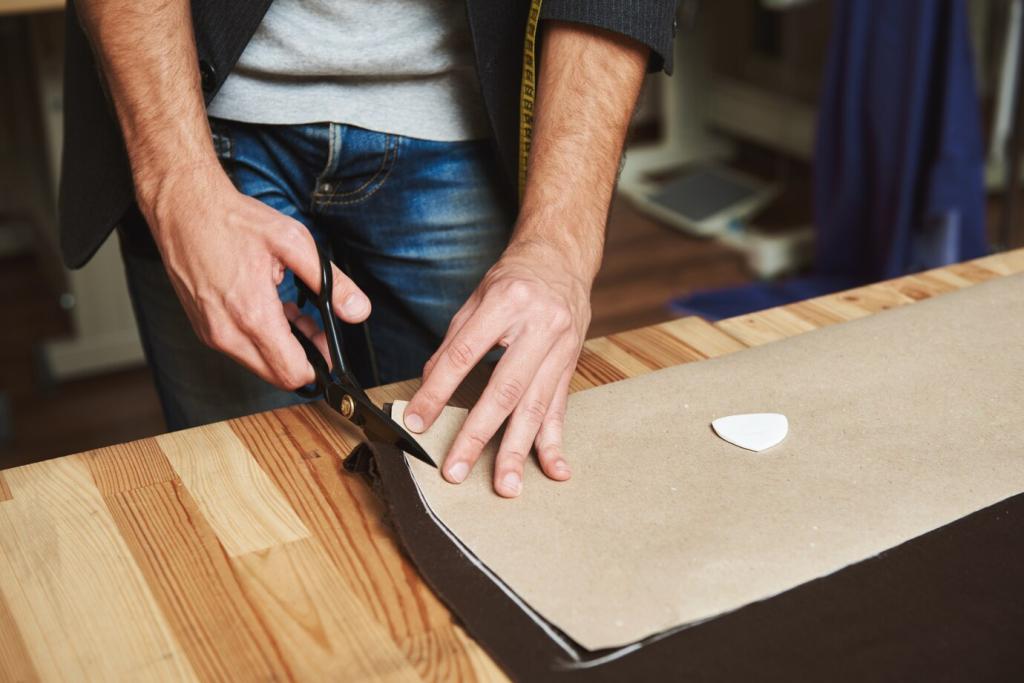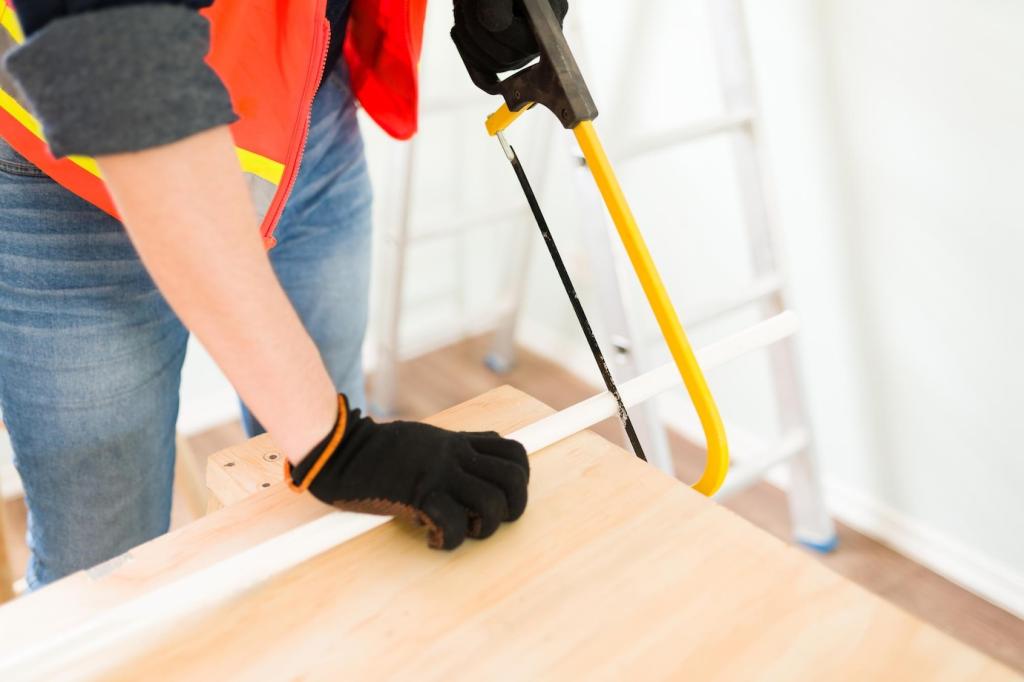Finish-Specific Guidance
Alcohol dissolves shellac, so avoid alcohol-based cleaners. Remove dust gently, and for grime, try a barely damp cloth with neutral soap, then dry immediately. If waxy buildup persists, a sparing, carefully tested wipe with odorless mineral spirits may help—always spot test first.
Finish-Specific Guidance
Lightly clean, let dry, then apply a thin coat of quality paste wax, buffing softly for a protective sheen. Avoid heavy “restoring” oils that can go rancid or darken. Wax is sacrificial and reversible, aligning with conservation principles. Comment for brand suggestions.
Finish-Specific Guidance
Vacuum through a mesh screen to protect fragile fibers. For leather, use a pH-appropriate cleaner and a conservator-grade conditioner, very sparingly. Avoid soaking fabrics or using steam. Spot test linings and trims. If dye transfers to your cloth, stop immediately and consult.






